Details Of Ansar Allah’s Missile Attack On Zografia Ship; What Is Yemen’s Goal In Its Maritime Operations Against Israel?
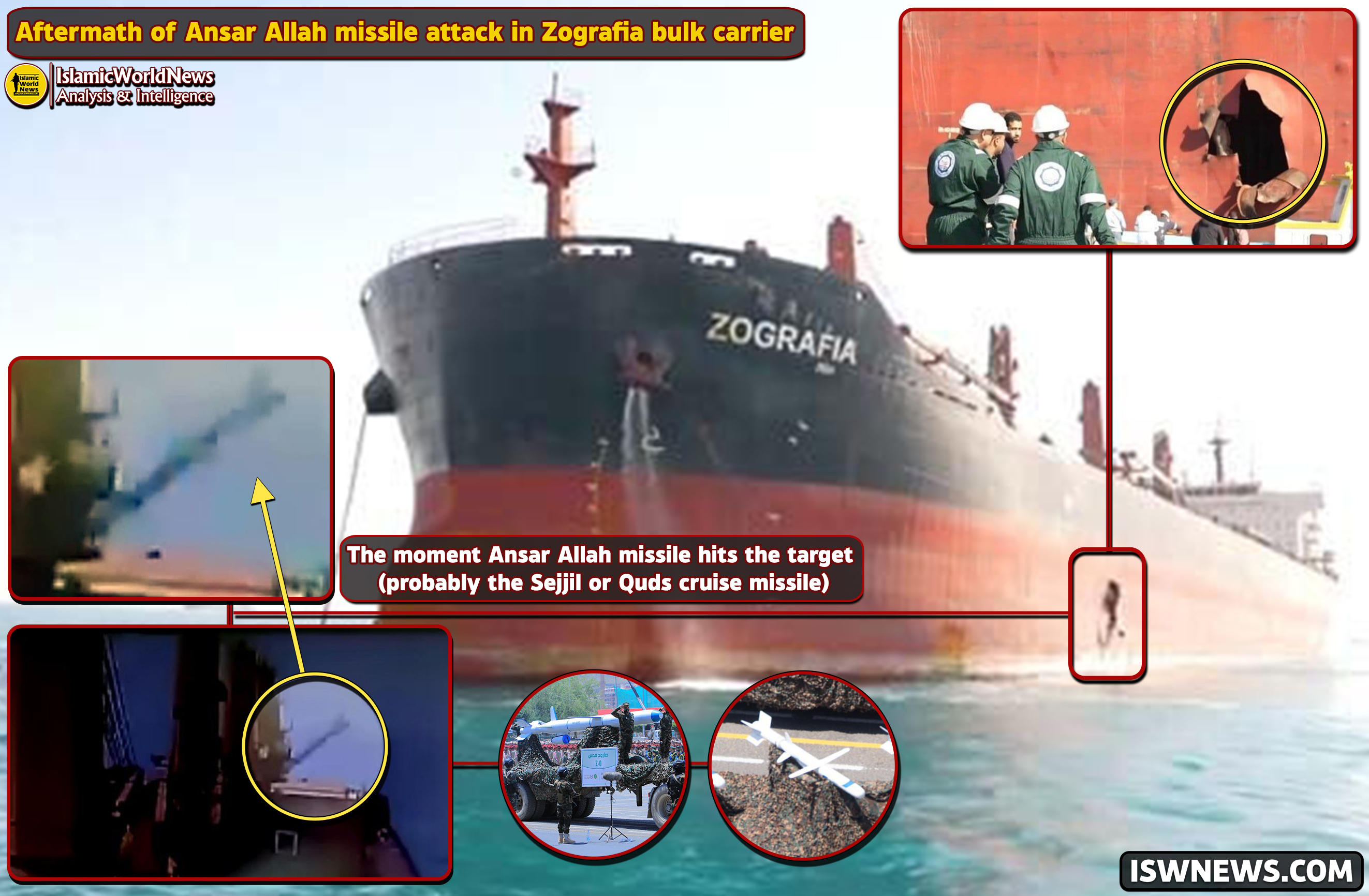
New video and images of the Maltese-flagged bulk carrier Zografia show a direct hit by one of the Ansar Allah movement’s anti-ship missiles in the Red Sea. The Yemeni army’s aim of these attacks is to halt the Israeli regime’s ships and Israel-bound vessels sailing through the strategic Bab al-Mandab strait, and this has been achieved with missile and drone attacks.
On January 16, Brigadier General Yahya Saree, spokesman for the Yemeni armed forces, announced a missile attack on the bulk carrier Zografia. The cargo ship was reportedly en route from Ho Chi Minh Port in Vietnam to the Suez Canal and possibly one of the Israeli regime’s occupied ports, when it was identified about 100 miles northwest of Al-Salif Port in western Yemen and was targeted by the Yemeni army with several anti-ship missiles.
This is not the first or the last instance of the Ansar Allah movement’s missiles and drones hitting Israeli ships and Israel-bound vessels, and in the majority of operations declared by the Yemeni armed forces, the impact of missiles or suicide drones has unequivocally occurred. However, the Zografia ship is the first case where images of the moment of the Ansar Allah movement’s missile impact and its aftermath are released.
At first glance, from the video of the moment of impact, it can be seen that one of the Ansar Allah movement’s anti-ship ballistic missiles hits the Zografia ship. The apparent explosion appears to be relatively small, and its damage seems limited. However, a more technical look at the video and the images of the attack’s aftermath reveals that the missile approaches the ship from above at a 45-degree angle and at high speed, striking the midsection of the ship and causing damage up to its hull.
It is difficult to accurately determine the type of missile due to the low quality of the video. Some Western media outlets and analysts, based on the ballistic missile test footage of the Islamic Revolution Guards Corps (IRGC) in the Persian Gulf, have classified the missile as part of the Fateh series of naval ballistic missiles.
The statement from the United States Central Command (CENTCOM) in West Asia has also referred to the type of the missile fired by the Ansar Allah movement as anti-ship ballistic missile. The Ansar Allah movement’s anti-ship ballistic missiles include Tankeel, Aasef, Mohit, and Al-Bahr Al-Ahmar. However, the image of the missile clearly depicts two wings in the middle of the missile, which reinforces speculation about the use of cruise missiles. The Ansar Allah movement’s cruise missiles include the Quds series (Quds Z-0), Sayyad, Sejil, and missiles made by the Soviet Union and China. In general, determining the type of missile from a single image of poor quality is difficult, but the signs of “cruise” marks on the missile is definite, given the existence of wings in the middle of the missile.

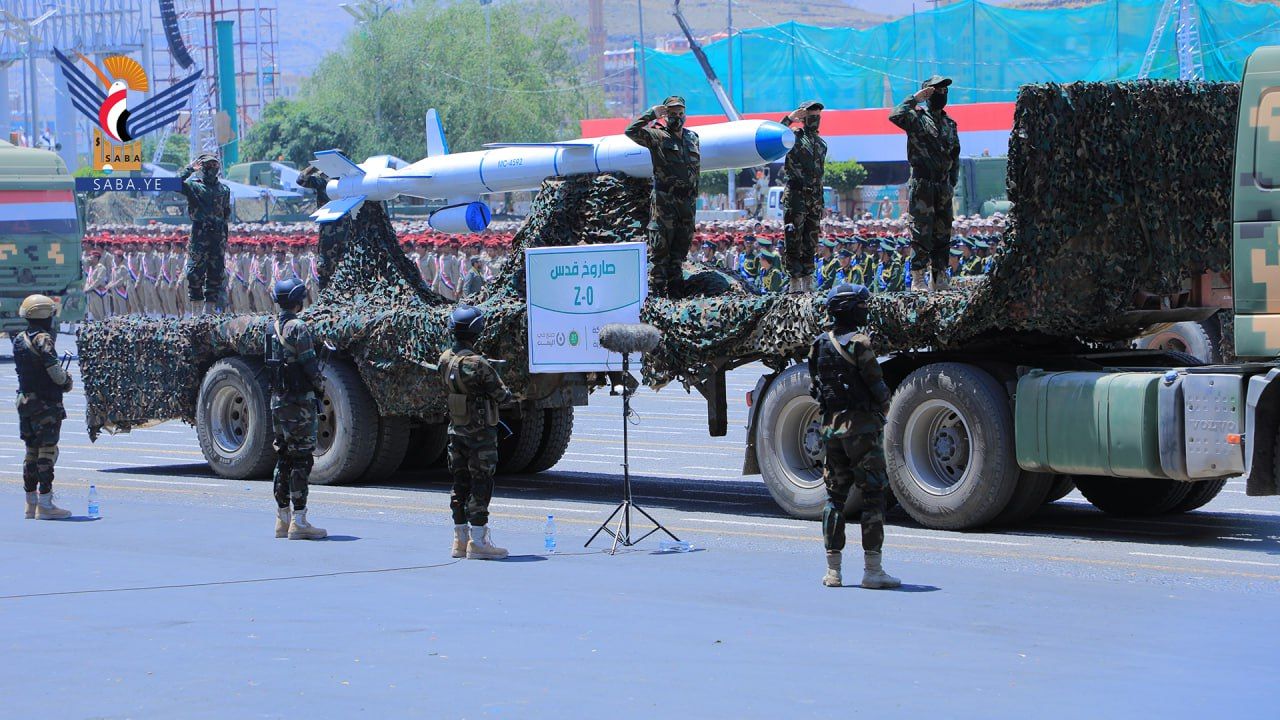
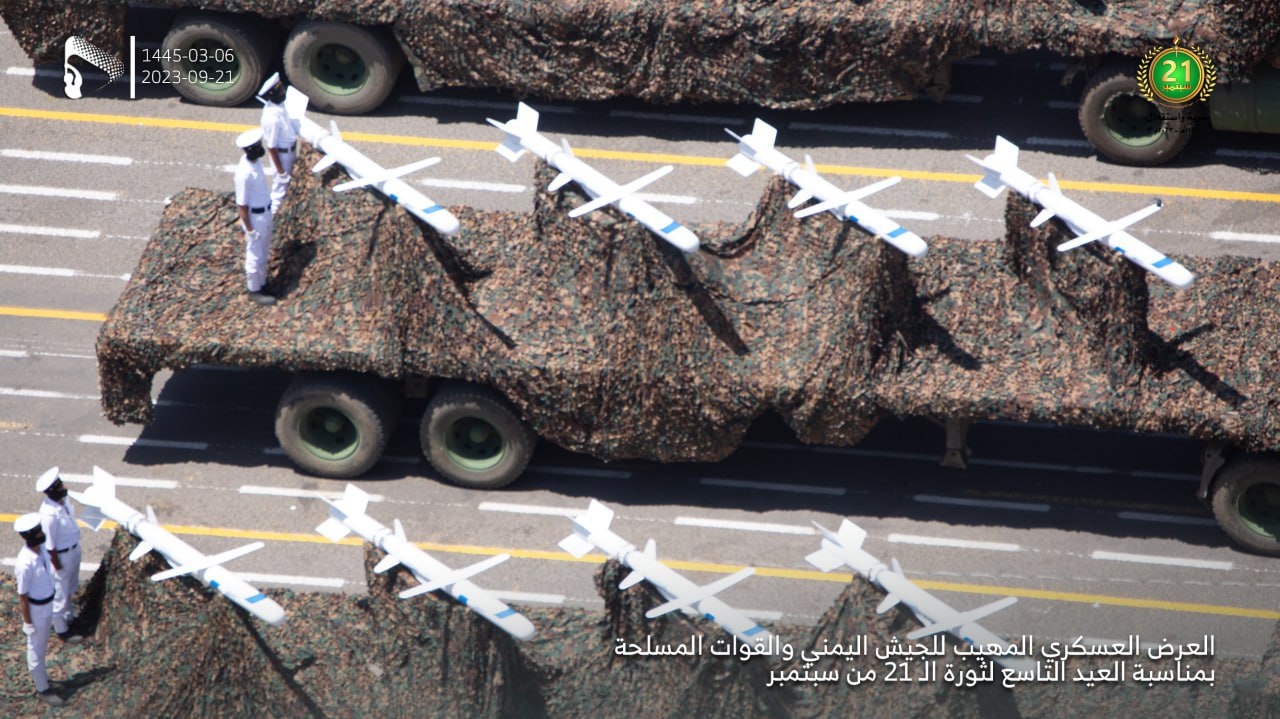
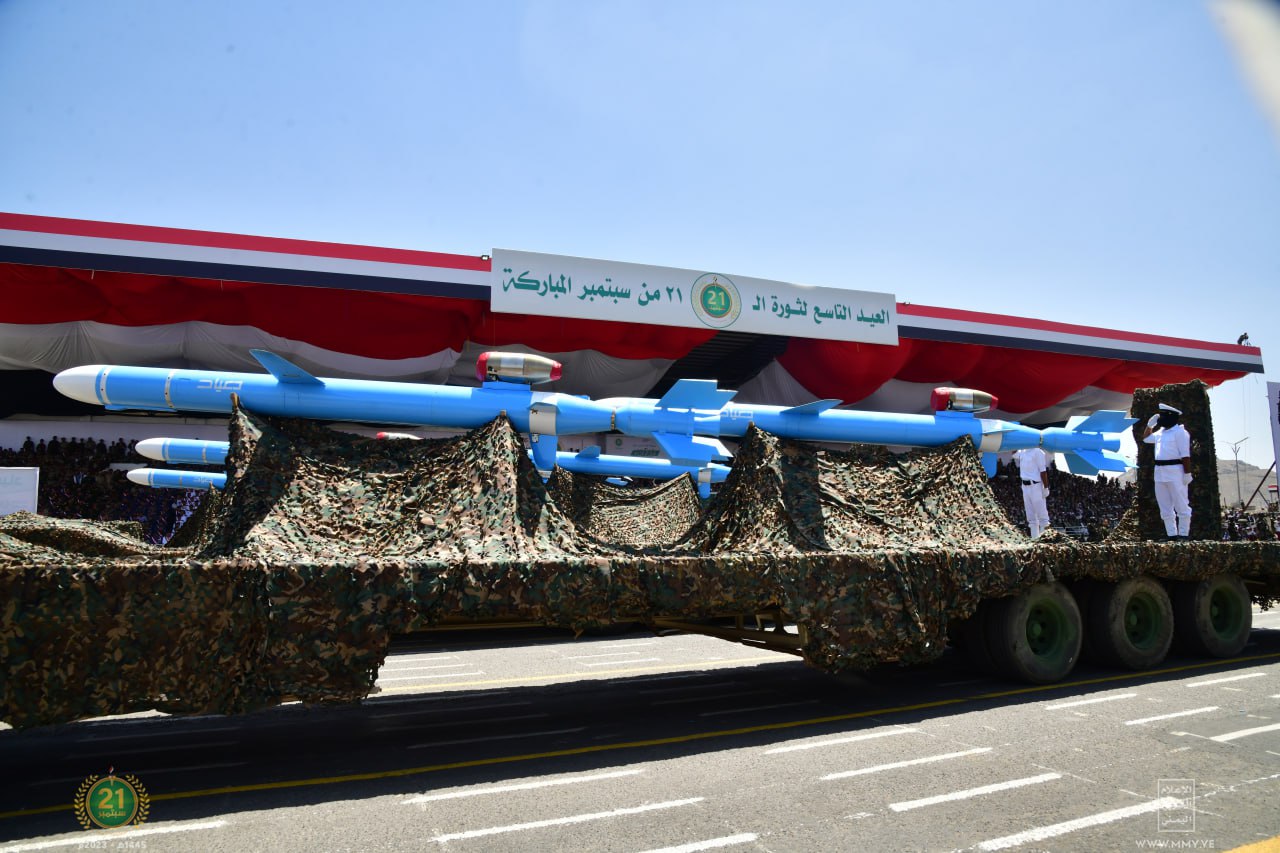
The naval war between the Ansar Allah movement and the US-led coalition represents a new chapter of asymmetric conflict in the history of naval warfare. Yemen’s goal in these extensive operations, as mentioned in numerous statements from the armed forces, is to halt Israeli shipping and affiliated vessels, so they can use it as a pressure tool to stop the war in the Gaza Strip. Undoubtedly, sinking these ships is not the aim of the leaders of Ansar Allah and the Yemeni government. However, even if such a goal is defined, suitable weapons for it exist in Yemen, and generally, Ansar Allah’s objective is to stop Israeli shipping.
The deployment of more European and American warships signifies the success of the Ansar Allah movement’s operations and the achievement of its goals. Moreover, Israeli and European transportation companies’ efforts to establish a land corridor from Arab countries to the Israeli regime’s occupied territories indicate that they have no hope of reopening the Bab al-Mandab Strait and the Red Sea and are looking for alternative routes to reduce the economic pressure caused by the closure of the Red Sea shipping route.
The Ansar Allah movement faces logistical constraints and the US-UK air attacks to destroy ammunition depots, missile and drone launch systems, as well as limited capability in its air defense systems. However, the Yemeni forces are trying to counter these issues with asymmetric actions, such as heavy and limited attacks on ships and military fleets of the US and the UK. The challenges facing the US and UK fleets include the lack of control over Yemen’s territories and coasts, restrictions on identifying the sources of missile and drone attacks by Yemen, the lack of direct support from regional countries, and the presence of the Iranian military fleet in the region’s waters.
Considering the above issues, it is expected that the Red Sea route will remain closed to the Israeli regime and the United States in the coming months, and the naval forces of the European Union will join the US-led coalition. Reports suggest that the US and the UK intend to conduct ground operations on the western Yemeni coast, which is unlikely to be successful. This plan was previously carried out by the Saudi-led coalition and its failure led to high casualties and eventually the retreat of the United Arab Emirates (UAE) and the Saudi kingdom. Complete occupation of the western coasts of Yemen will not stop the Ansar Allah movement’s missile and drone attacks in the Arabian and Red Seas, as most of these attacks are launched from the Ansar Allah movement’s deep positions, and less than 20% of the attacks are carried out from the coasts of Al Hudaydah and Hajjah governorates.

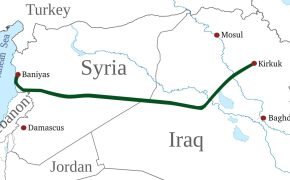
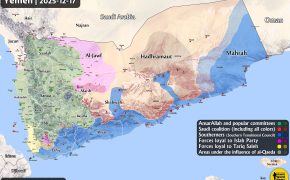
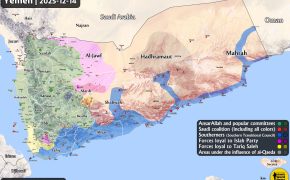
Comment